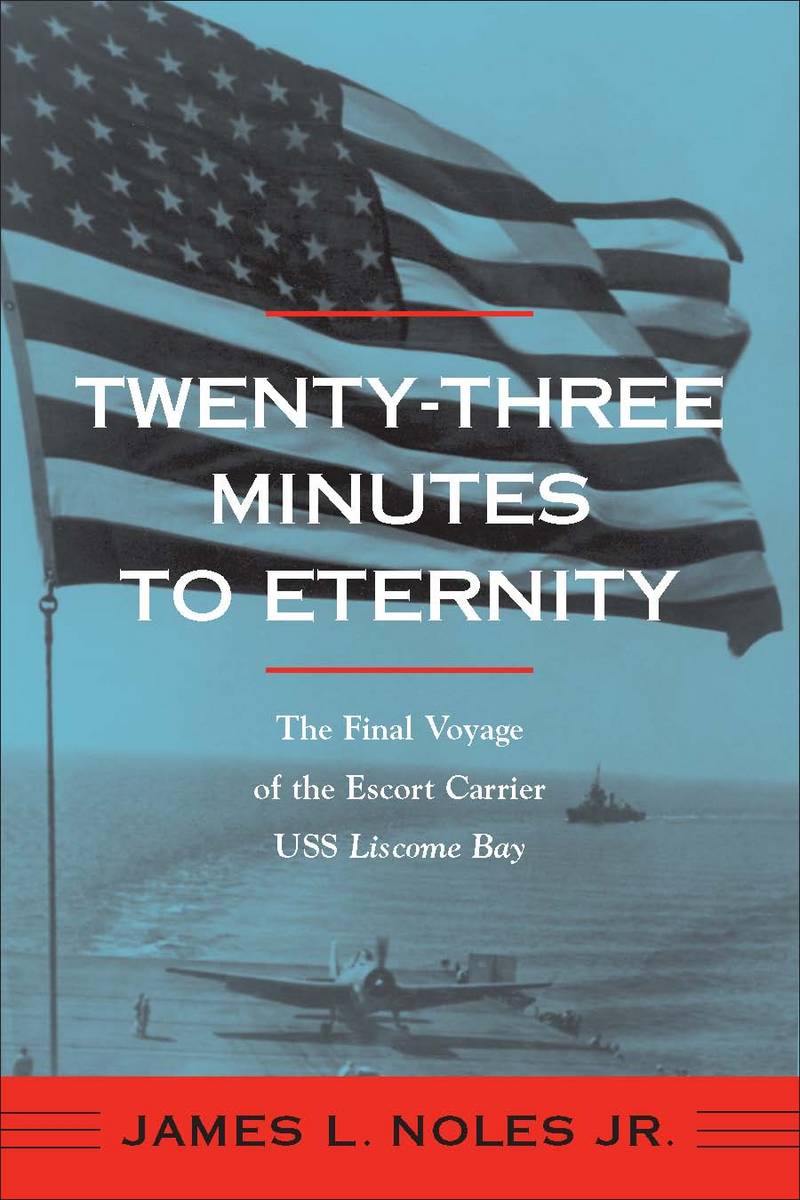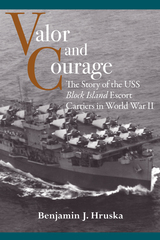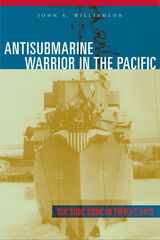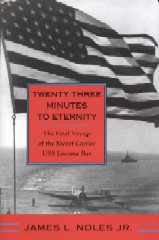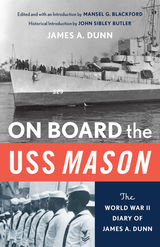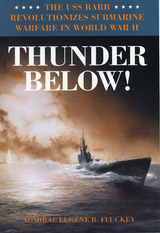Twenty-Three Minutes to Eternity: The Final Voyage of the Escort Carrier USS Liscome Bay
University of Alabama Press, 2004
Cloth: 978-0-8173-1369-2 | eISBN: 978-0-8173-8214-8 | Paper: 978-0-8173-5603-3
Library of Congress Classification D774.L57N65 2004
Dewey Decimal Classification 940.5426681
Cloth: 978-0-8173-1369-2 | eISBN: 978-0-8173-8214-8 | Paper: 978-0-8173-5603-3
Library of Congress Classification D774.L57N65 2004
Dewey Decimal Classification 940.5426681
ABOUT THIS BOOK | AUTHOR BIOGRAPHY | REVIEWS | TOC
ABOUT THIS BOOK
A long-overdue history of America's "forgotten flattop."
On November 24, 1943, a Japanese torpedo plunged into the starboard side of the American escort carrier USS Liscome Bay. The torpedo struck the thin-skinned carrier in the worst possible place the bomb storage area. The resulting explosion could be seen 16 miles away, literally ripping the Liscome Bay in half and killing 644 of her crew. In terms of lives lost, it was the costliest carrier sinking in United States naval history.
Liscome Bay's loss came on her first combat operation: the American invasion of the Gilbert Islands. Despite her short career, she touched a number of remarkable and famous lives. Doris Miller, the first black American sailor to win the Navy Cross, lost his life, as did Rear Admiral Henry Mullinax, one of the Navy's first "air admirals." John Crommelin was the senior officer to survive the sinking. Later in his career, Crommelin, a decorated naval aviator himself, sparked the famous Revolt of the Admirals, which helped save the role of naval aviation in America's Cold War military.
James Noles's account of the Liscome Bay and those who served aboard her is based on interviews with the ship's survivors and an unpublished memoir that the ship's pay officer made available to the author. This readable, compelling book pays homage to the crew by telling their story of experience and sacrifice.
To follow Jim Noles on Twitter, access his stream here: http://www.twitter.com/mightyby
See other books on: Campaigns | Eternity | Kiribati | Naval | Naval operations, American
See other titles from University of Alabama Press
